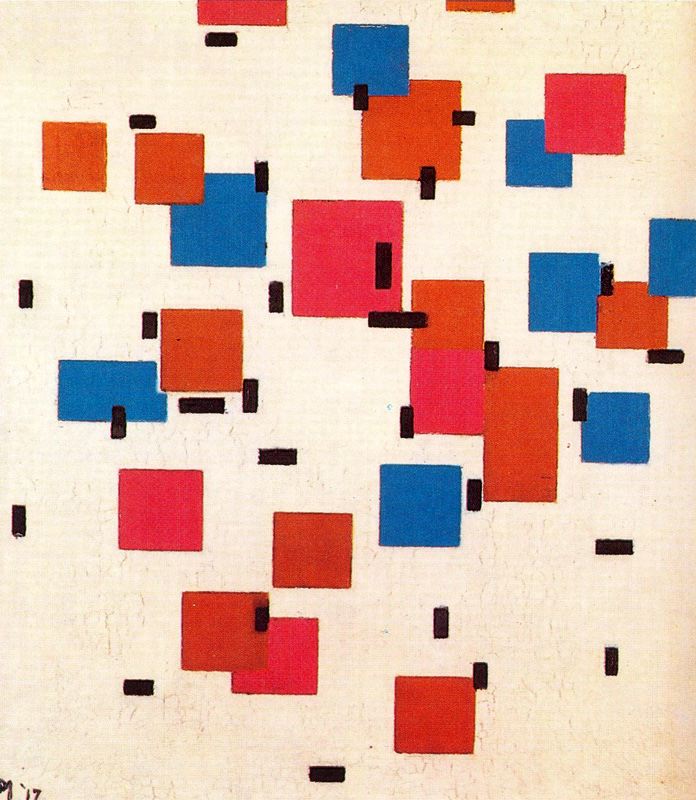Literature and the Environmental Humanities: a theoretical framework
DOI:
https://doi.org/10.13133/2239-1983/18766Abstract
Since the second half of the 20th century, a growing concern about the environment and climate change has been raised across different academic fields. As for literary studies, the debate about ecocriticism nourished the flourishing of new theories and ideas coming from the intersection of natural sciences and humanities. Despite the hegemony of Anglophone research, drawing from more multicultural contexts environmental studies seem nowadays to converge
more and more towards the interdisciplinary – and yet non unitary – field of the Environmental Humanities. This article intends to frame a comprehensive overview of the major con-temporary ecocritical theories from a comparative perspective, particularly focusing on the contribution that literature brings to the wider context of Environmental Humanities and in response to the epistemological and ontological challenges posed by the Anthropocene. In doing so, it particularly focuses on three main key concepts: nature, agency, and scales.
Downloads
Published
How to Cite
Issue
Section
License
Gli autori che pubblicano su questa rivista accettano le seguenti condizioni:- Gli autori mantengono i diritti sulla loro opera e cedono alla rivista il diritto di prima pubblicazione dell'opera, contemporaneamente licenziata sotto una Licenza Creative Commons - Attribuzione che permette ad altri di condividere l'opera indicando la paternità intellettuale e la prima pubblicazione su questa rivista.
- Gli autori possono aderire ad altri accordi di licenza non esclusiva per la distribuzione della versione dell'opera pubblicata (es. depositarla in un archivio istituzionale o pubblicarla in una monografia), a patto di indicare che la prima pubblicazione è avvenuta su questa rivista.
- Gli autori possono diffondere la loro opera online (es. in repository istituzionali o nel loro sito web) prima e durante il processo di submission, poiché può portare a scambi produttivi e aumentare le citazioni dell'opera pubblicata (Vedi The Effect of Open Access).


